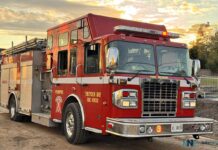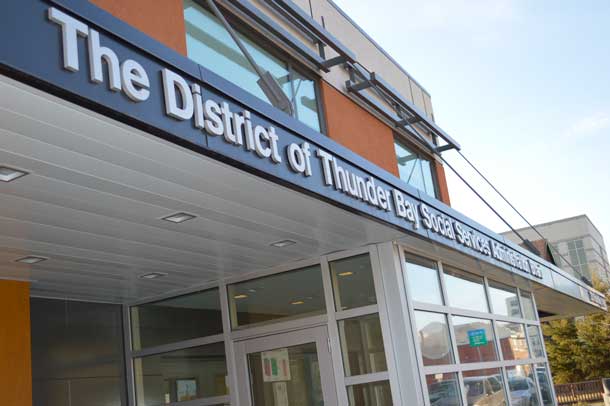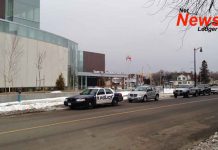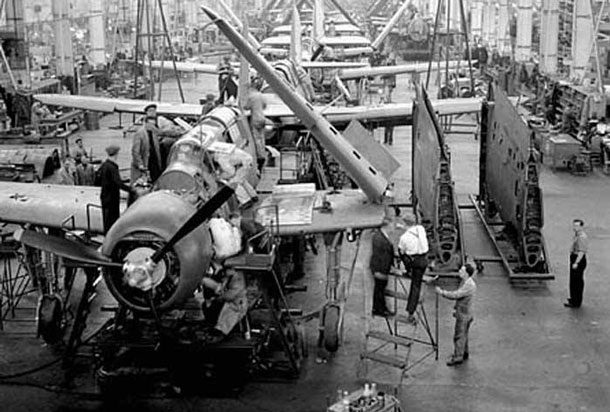
THUNDER BAY — Thunder Bay’s Royal Canadian Air Cadet Squadron will soon have a new name. The process is underway to rename the unit after aerospace pioneer and “Queen of the Hurricanes” Elsie MacGill.
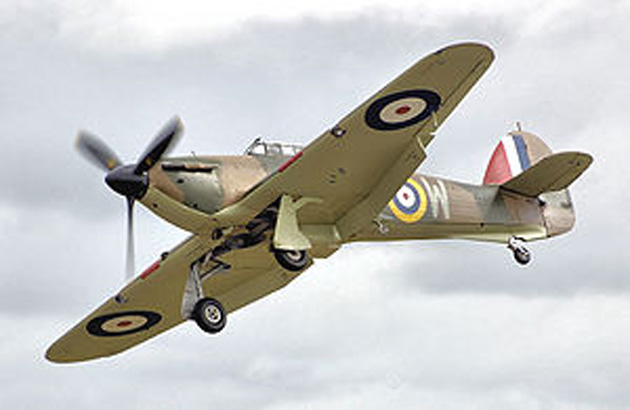
MacGill, the world’s first female aeronautical engineer, led the production of Hawker Hurricane fighter aircraft at the Canadian Car and Foundry in Fort William, Ont., during the Second World War.
Over 14 000 Hawker Hurricanes were manufactured during the course of the war, including 1 400 overseen by MacGill, and were flown by the Royal Air Force, Royal Canadian Air Force, and other Allied air forces.
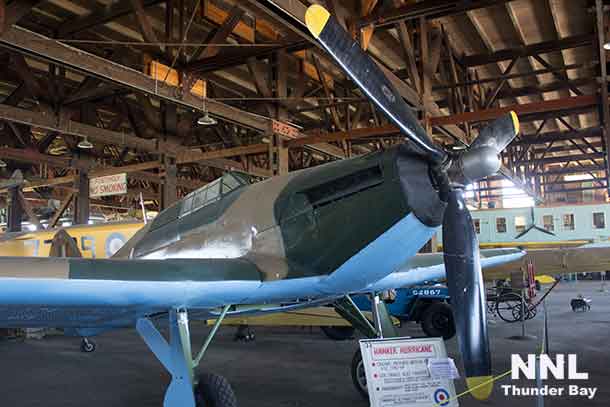
Squadron staff spoke with Mr. Rohan Soulsby of Vancouver, BC, MacGill’s grandson, who describes the renaming project as “very exciting,” and says that “The family fully supports this fitting tribute to Elsie.”
According to the squadron’s commanding officer Captain Kate Yap, “I cannot think of anyone more positive with whom to associate our squadron or who has greater significance to the history of aviation in Thunder Bay than Elsie MacGill.”
Although the Spitfire has gained a great deal of fame during the Battle of Britain, it was the Hawker Hurricane, many which was manufactured at the Canada Car plant in Thunder Bay which were responsible for 60% of the German planes which were claimed to have been downed.
The Hurricane that scored the highest number of RAF victories during this period, accounting for 1,593 of the 2,739 German aircraft which the RAF said were shot down.

